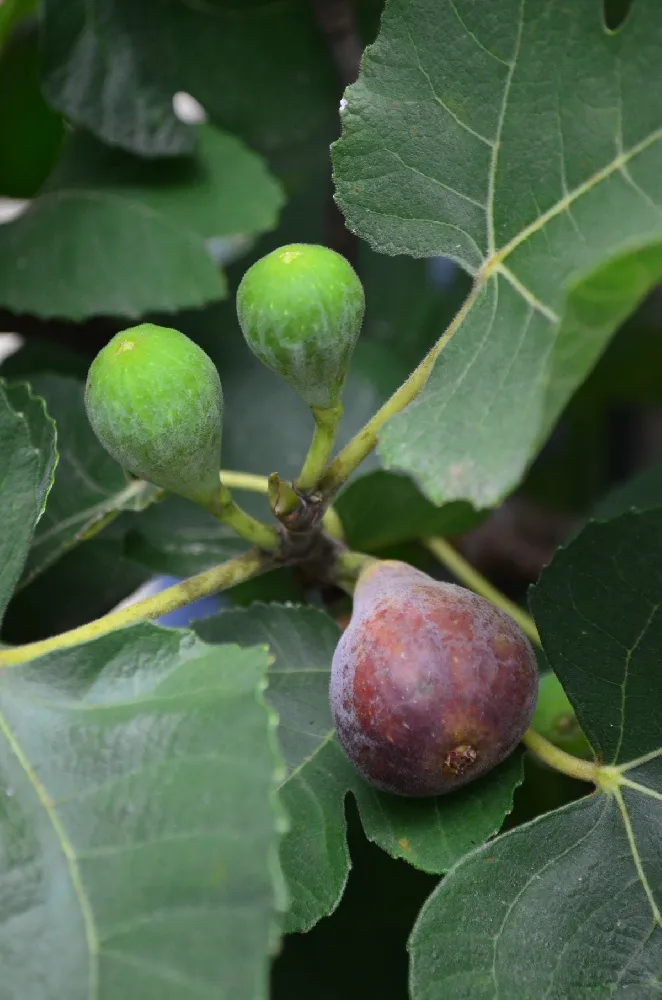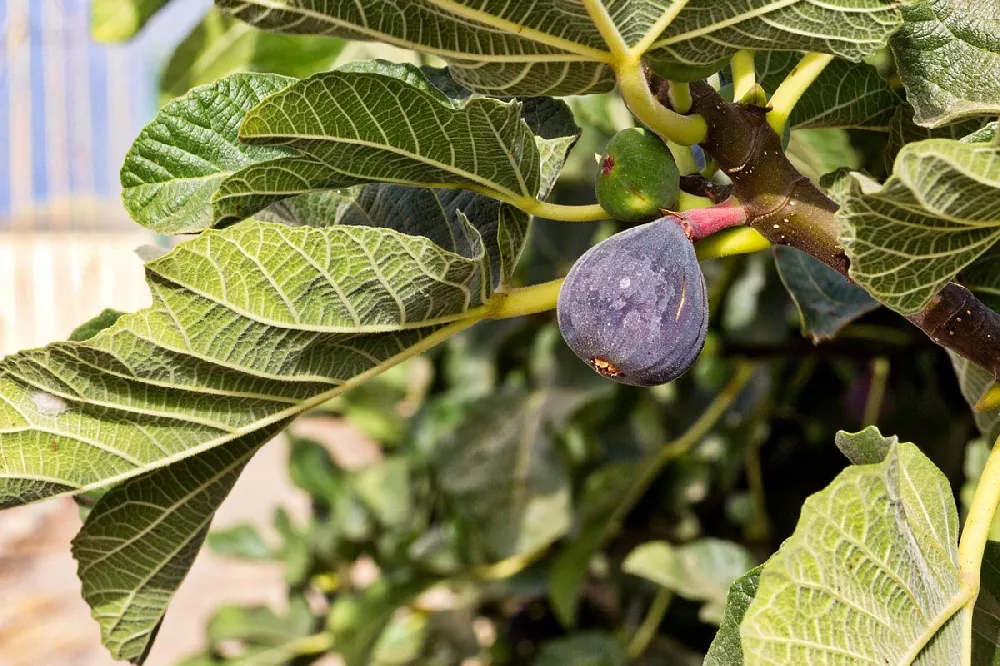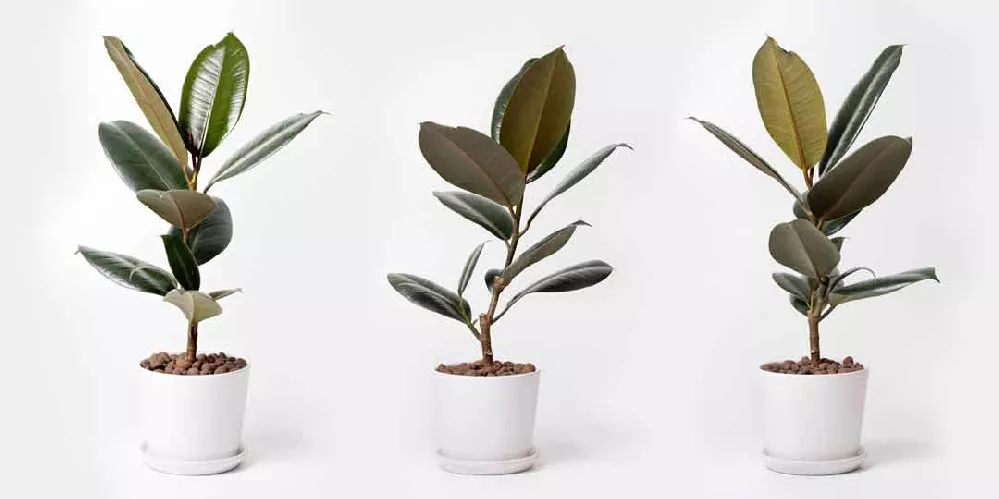- Home >
- Shrubs and Bushes >
- Berry Bushes >
- Everbearing Mulberry Tree
Everbearing Mulberry Tree for Sale - Buying & Growing Guide
- Ships in 1-2 days
- 1-Year Warranty Eligible
- Pots or accessories are not included unless specified in the product options.
Shipping Details:
Once your order is shipped, you’ll receive an email with a tracking number and estimated delivery date. Most orders ship immediately, but some items are seasonal and may only ship in spring or fall. These products are noted on the website.
The Everbearing Mulberry Tree, which goes by the scientific name Morus nigra, offers much more than the tasty berries for which it is so famous. This species provides ornamental value via its flowers and its oddly shaped leaves. It also manages to grow to moderate size with a spreading canopy that can provide some much-needed shade during the hottest months of the year. Thankfully, the Everbearing Mulberry Tree is also incredibly adaptable, meaning most gardeners should have no problem growing it.
- This plant adapts well to many hardiness zones, soil types, and light conditions.
- Beautiful flowers appear in spring and precede a set of delicious mulberry fruits.
- The leaves have interesting shapes and can provide considerable shade in summer.
Plant Care
Sunlight

The Everbearing Mulberry Tree can survive in partial shade but will often bear more fruit in full sunlight.
Watering
This tree tends to perform best with one inch of water per week during the growing season but can tolerate drought when mature.
Fertilizing

Apply a balanced fertilizer once per year in early spring.
Planting and Care
Planting instructions
Everbearing Mulberry trees can grow in hardiness zones four through 10, survive in several types of soil, including those that are somewhat nutrient-deficient, and can adapt to both full sun and partial shade. As such, it is quite easy to find a growing location where this plant will thrive. Once you find such a location, dig a hole that is as deep as the plant’s root ball is tall and at least twice as wide as the root ball. Be sure to give your tree about 10 to 15 feet of space in every direction as well.
Watering and nutrients
After planting your Everbearing Mulberry Tree, you should water it often enough to keep the soil consistently moist, which will aid root development. Following establishment, your tree will begin to develop drought tolerance. Despite that drought tolerance, an Everbearing Mulberry Tree typically performs best when it receives about one inch of water during the growing season. You should avoid fertilizing this tree during its first year of growth. After that, you can apply a balanced fertilizer once per year in early spring.
Pollination
The Everbearing Mulberry Tree is a self-pollinating plant, which means that you do not need to plant more than one if you want to receive a harvest. However, as is true of many fruit trees, planting an additional Everbearing Mulberry Tree will likely increase the size and quality of your mulberry harvest. Everbearing Mulberry trees also do not rely on a specific set of insects or birds to conduct pollination. Instead, when this plant blooms in spring, the flowers will release their pollen into the air, where it will travel via wind currents to pollinate other flowers.
Pruning
You should conduct pruning for your everbearing Mulberry Tree in late winter while it is still in a dormant growth phase. However, you should always keep your pruning for this tree on the lighter side. Cutting branches that are larger than two inches wide often causes an Everbearing Mulberry Tree to bleed sap, which diminishes the tree’s overall vigor and can make it more vulnerable to pests and diseases. With that in mind, you should use your pruning cuts to only remove smaller branches.
Pests, diseases and animals
Generally, Everbearing Mulberry trees are not as vulnerable to pests and diseases as other common fruit trees, but that does not mean that they don’t run into such issues at times. For instance, there are several pests that can infest this tree, including mealybugs, scale, whiteflies and the particularly harmful webworm. Everbearing Mulberry trees may also face infections including root rot, canker and blight. Occasionally, powdery mildew may also arise in this tree.
Harvesting
When your Everbearing Mulberry Tree is ready for harvest, its fruits will either be entirely white or have a deep purple hue. At this stage, the fruits will also be quite easy to remove from the branches. If you want an easy way to harvest many fruits at once, you can lay a tarp below the canopy of your tree and gently shake a limb while the ripe berries fall to the ground. Alternatively, you can simply use your hands to remove individual berry clusters.
Achieving maximum results
If you want to get the best possible harvest from your Everbearing Mulberry Tree, then you should make sure that you plant it in full sunlight. While this tree can survive partial shade, more sunlight allows it to produce better fruits. Those fruits can both be numerous and quite delicate when harvest arrives. So, while it may be tempting to fill a large bucket with your mulberry fruits, doing so comes with the risk of crushing the mulberries that sit at the bottom of the bucket under the weight of all the others.
FAQs
How long does it take an Everbearing Mulberry Tree to bear fruit?
If you want to enjoy home-grown mulberries as soon as possible, then you will be quite pleased to know that it does not take long at all for the Everbearing Mulberry Tree to reach fruiting age. Often, after just two or three years of life, this plant will be able to produce both flowers and fruits. After your plant reaches that stage, it will continue producing berries each year until the end of its life.
How long do mulberry trees live?
Typically, mulberry trees do not have long life spans. Instead, most mulberry trees will begin to decline after about five decades of life. At times, a mulberry tree may live a bit longer, reaching 75 years old or more. However, there are also cases in which these plants can be significantly younger and may only live for about 25 years, even with proper growing conditions and care.
How large does an Everbearing Mulberry Tree grow?
One benefit of the Everbearing Mulberry Tree is that this plant's moderate mature size makes it manageable during all phases of its life. At their largest, most Everbearing Mulberry trees will be about 15 feet tall and about 10 feet wide. Additionally, this species can grow as either a small tree or a large shrub, depending on how you prune it while it is young.
Compare Similar Products
You can't add more Product Name - Product size to the cart.
OK









